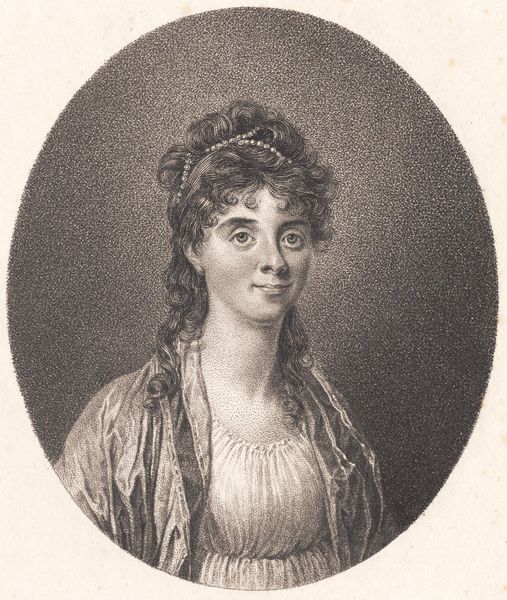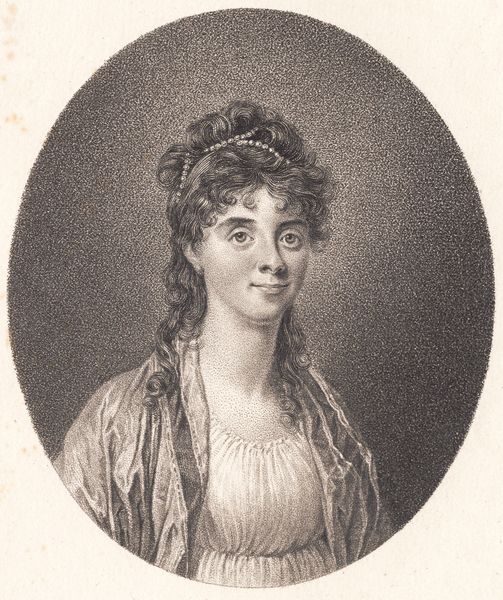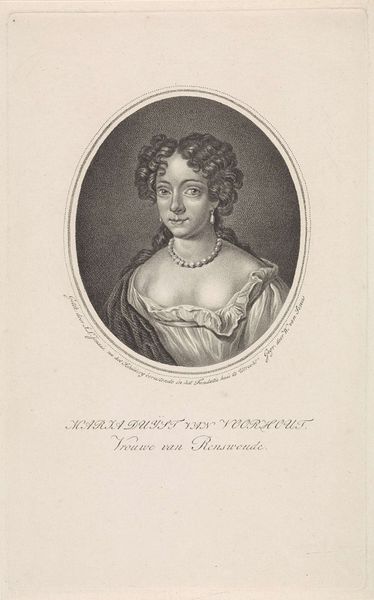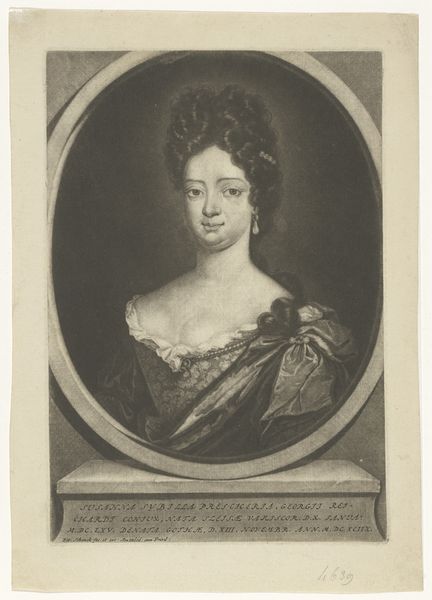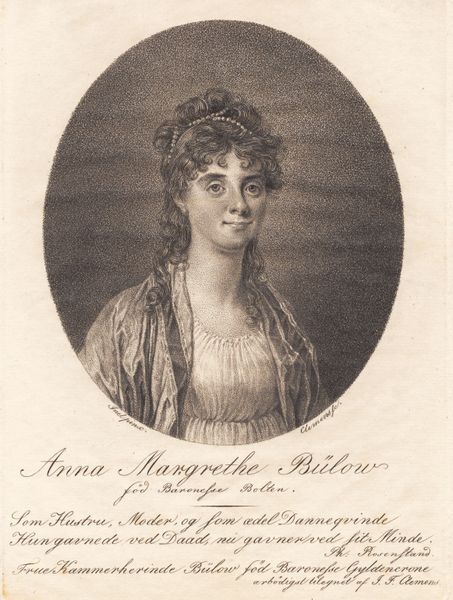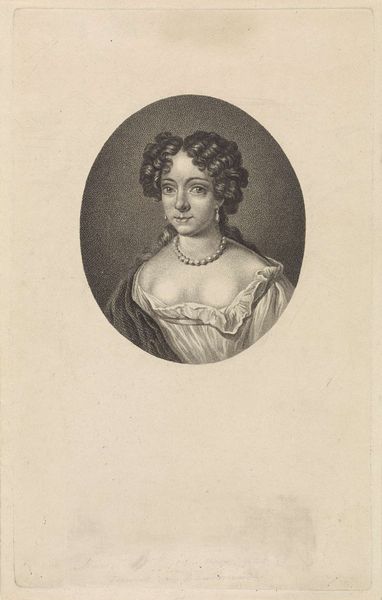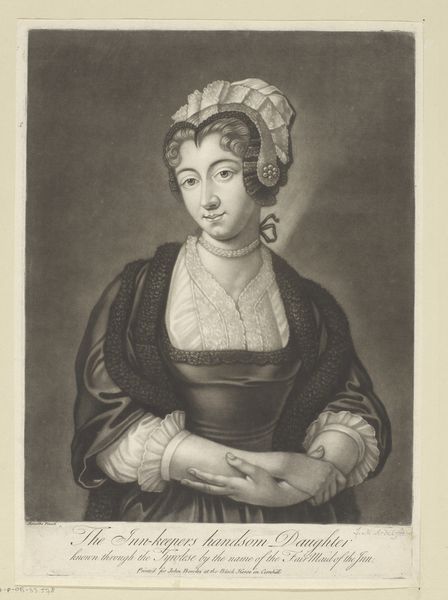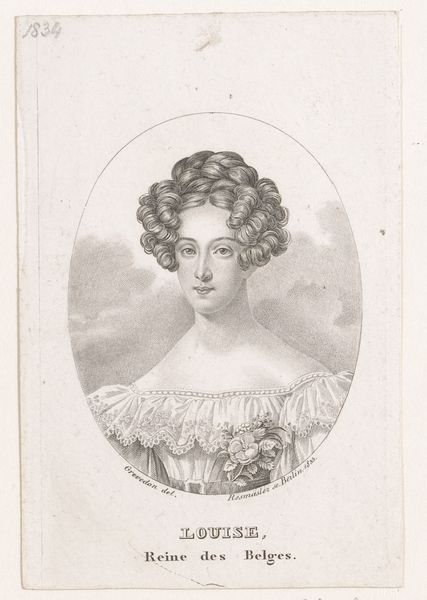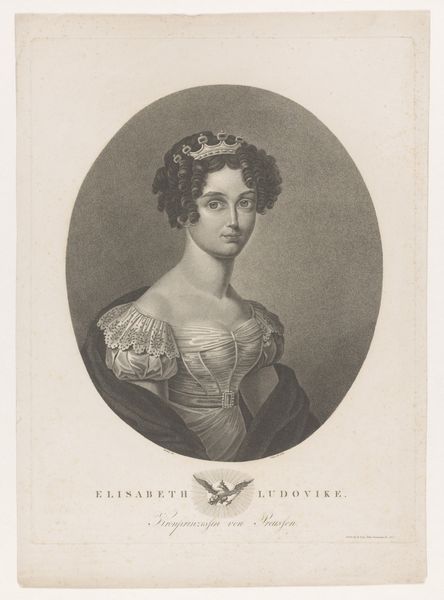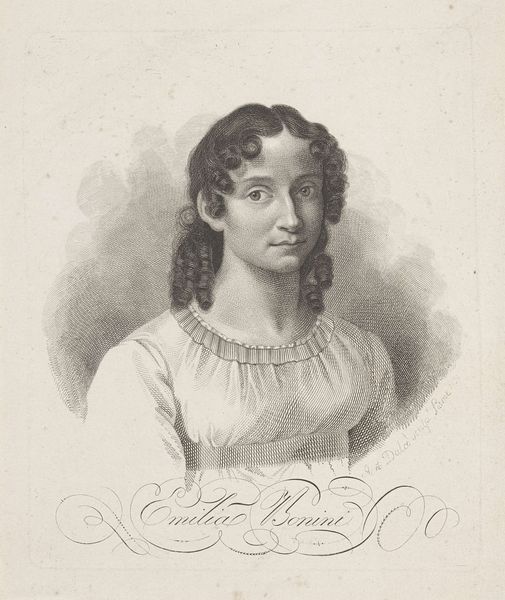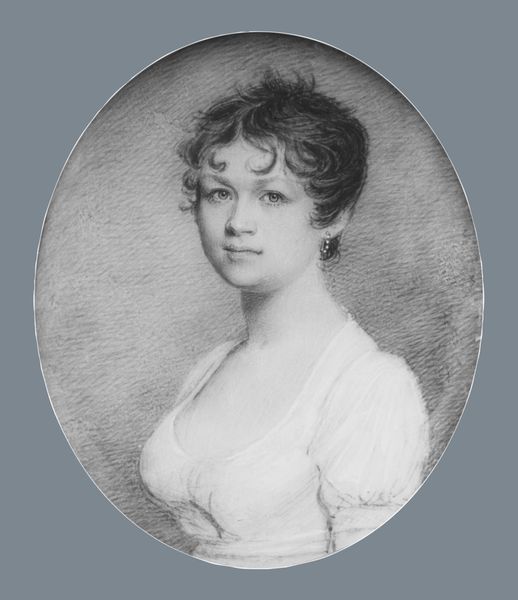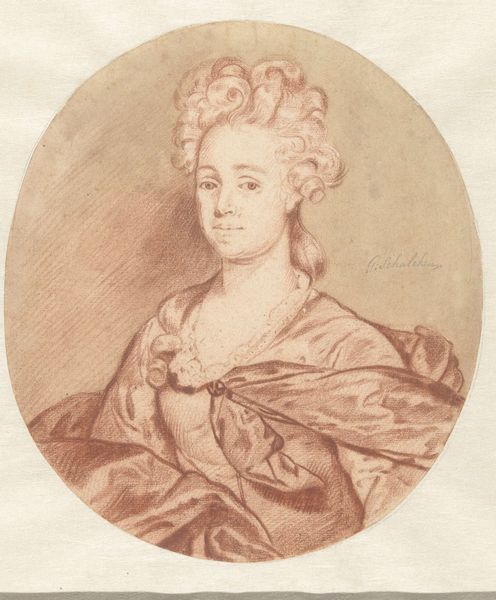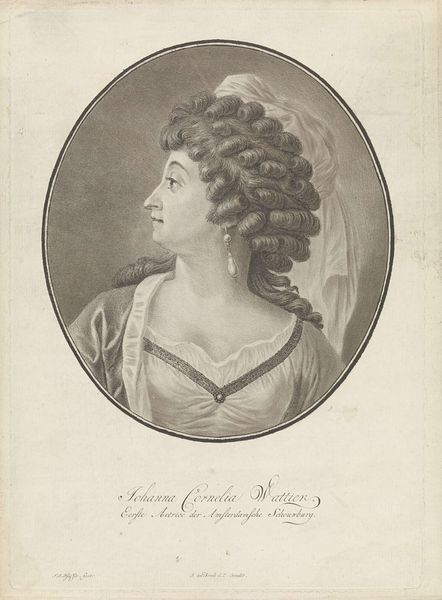
print, etching, engraving
#
portrait
#
neoclacissism
# print
#
etching
#
history-painting
#
engraving
Dimensions: 358 mm (height) x 269 mm (width) (bladmaal), 318 mm (height) x 235 mm (width) (plademaal), 305 mm (height) x 220 mm (width) (billedmaal)
Editor: Here we have J.F. Clemens’ 1800 engraving, "Maria Sophia Fredericia." The detail is incredible. The way the light falls on her face… it's a really intimate portrait, despite the formal setting. What strikes you about this piece? Curator: What I see is a careful construction of power, and, simultaneously, the potential vulnerability inherent in such a position. Consider the Neoclassical style; it presents Maria Sophia as a figure of virtue and stability, aligning her with ideals of the Enlightenment. But how does the *reality* of a woman's power—particularly as a consort—intersect with these projected ideals? Editor: That's interesting. So, you’re suggesting there's a tension between the image she projects and the constraints of her role? Curator: Precisely! Consider the title "Fredericia Princeps Hæreditarii Daniæ Et Norvegiæ Coniux"—wife of the heir to the thrones of Denmark and Norway. She isn’t powerful in her own right but through lineage and marriage. The print participates in a tradition of reinforcing dynastic power. We should examine these portrayals with a critical eye towards their purpose. Do you agree? Editor: I hadn’t thought of it that way. It makes me wonder how much agency Maria Sophia Fredericia really had. Curator: Exactly. The artwork invites us to investigate the broader social and political context. It’s about challenging dominant narratives, seeing beyond the surface, and questioning who holds the power to represent whom. Editor: That gives me a lot to consider. It's much more complex than I initially thought! Curator: Indeed. Art invites dialogue—not just about aesthetics, but about the complex interplay of power, identity, and representation.
Comments
No comments
Be the first to comment and join the conversation on the ultimate creative platform.

